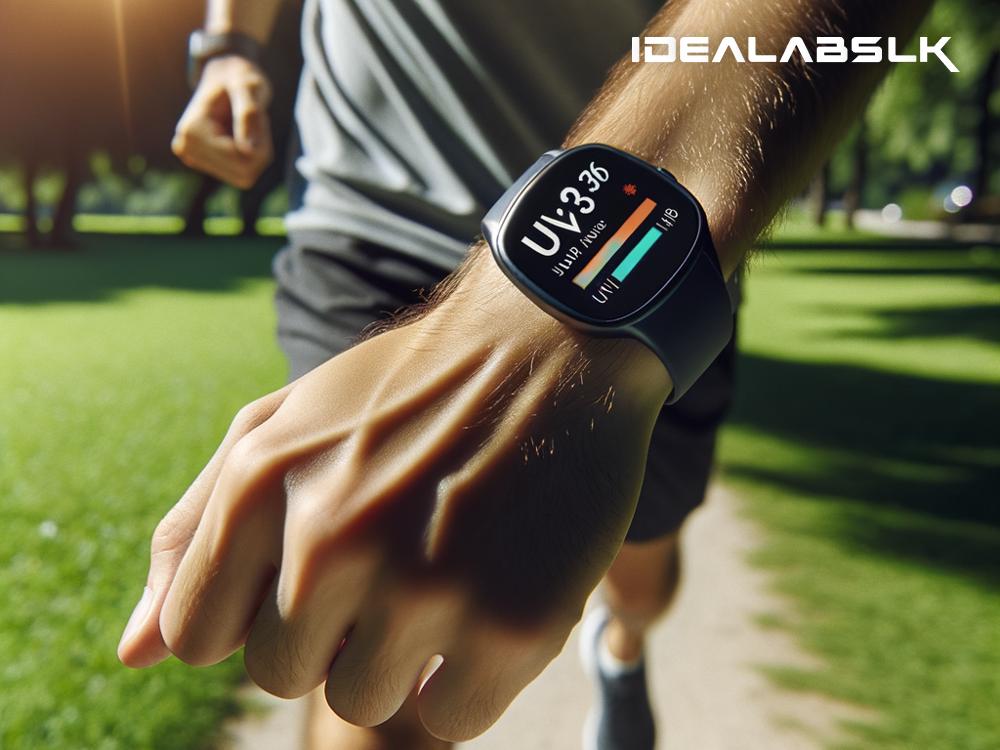Harnessing AI in Wearable Gadgets for Smarter Sun Exposure Management
Sunlight beams down on us with energy and warmth, a vital source for life on Earth. It's the primary way our bodies produce Vitamin D—a crucial player in bone health, immune function, and overall well-being. Yet, despite its glowing benefits, too much sun exposure can be harmful, leading to sunburn, premature aging, and an increased risk of skin cancer. Balancing our sun intake has thus become a modern health quest, and Artificial Intelligence (AI) in wearable gadgets is stepping up as our savvy guide in this journey. These smart devices, ranging from watches and bracelets to clip-ons, are revolutionizing how we approach real-time sun exposure analysis, making managing our health under the sun simpler and more precise.
The Rise of AI in Wearable Sun Safety
In recent years, AI has permeated many aspects of daily life, driving innovations that personalize and enhance our experiences. Within the realm of wearable technology, AI is playing a pivotal role, especially in gadgets designed for sun exposure monitoring. These devices use various sensors to measure the intensity of UV (ultraviolet) radiation in real-time and, with the help of AI, analyze this data to provide personalized recommendations.
How It Works: AI-Powered Insights
At the heart of these wearables lies a synergy between AI algorithms and sensor technology. When you wear one of these devices, sensors continuously monitor the UV radiation levels in your environment. This data is then fed into sophisticated AI models that consider several factors, including your skin type, the SPF of your sunscreen (if applied), and how much sun you've been exposed to historically. Based on this analysis, the gadget can:
- Alert you when it's time to seek shade or apply more sunscreen.
- Provide an estimate of safe exposure time before the risk of sunburn.
- Track your Vitamin D intake, ensuring you're getting enough but not too much.
These insights empower users to make informed decisions about their sun exposure, maximizing the benefits while minimizing the risks.
Personalized Recommendations for Diverse Needs
AI's ability to process and analyze vast amounts of data quickly means each user can receive advice tailored specifically to their individual needs. Whether you have fair skin that burns easily or a darker complexion with a higher tolerance for sun exposure, these wearable gadgets can adjust their recommendations accordingly. This level of personalization is something traditional methods of sun safety—like generic SPF guidance—simply can't match.
For parents, AI-enabled wearables offer an extra layer of reassurance. Children, with their delicate skin and love for outdoor play, can be particularly vulnerable to sun damage. These devices can help parents keep track of their children’s UV exposure, ensuring they remain protected while they enjoy the great outdoors.
Beyond Sun Safety: The Future of AI in Wearable Tech
The potential of AI in wearable gadgets stretches far beyond monitoring sun exposure. Developers are exploring features that could monitor real-time changes in skin condition, alert users to the early signs of skin aging or damage, and even recommend specific products or treatments. Additionally, as these devices collect more data, AI models will become even smarter, providing insights with greater accuracy and specificity.
Challenges and Considerations
Despite the promising future, the integration of AI in sun safety wearables does face challenges. Privacy concerns over the collection and storage of personal health data are paramount. Manufacturers must ensure that their devices comply with data protection laws and that users' information is kept secure. Furthermore, ensuring the accuracy of sensors and AI algorithms is critical to avoid false alarms or, worse, failing to alert users when they are at risk.
Embracing the Sun with Smarter Sun Safety
AI in wearable gadgets is reshaping our approach to sun exposure, balancing the tightrope between harnessing its benefits and avoiding its dangers. With real-time analysis and personalized advice, these devices are not just gadgets but companions in our health and wellness journeys. As we move forward, the union of AI and wearable technology promises not only to enhance sun safety but also to pioneer novel ways of managing and improving our health. The key to a healthier relationship with the sun lies on our wrists, clipped to our clothes, or strapped to our arms, guiding us towards smarter, safer sun exposure.

